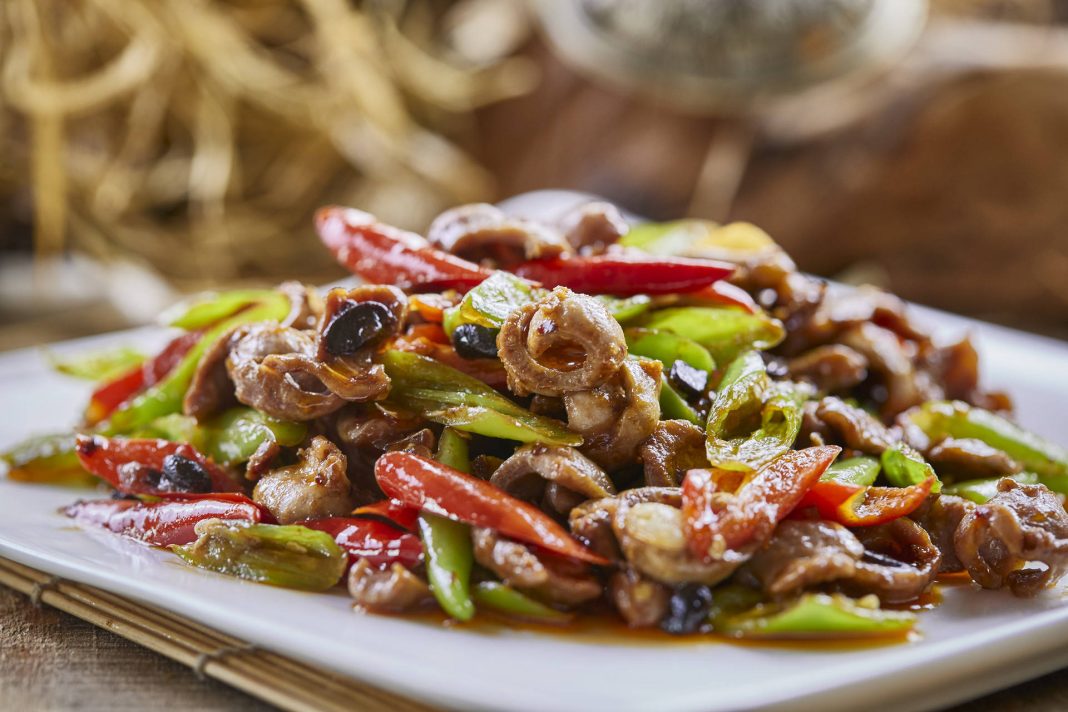This article is provided by Pioneer Bird Blood Glucose Management Software! It helps you track blood sugar, blood pressure, and other health indicators, provides free tastings of sugar-free foods, and offers customized diet and exercise plans to accompany you in sugar control.
Diabetes, a chronic disease that requires lifelong management, with dietary control being an essential aspect. As a professional nutritionist, I understand that diabetic patients need to make wise choices in their diet, especially when it comes to the staple food – rice. Today, I want to share some tips on rice pairing and several dishes suitable for diabetic patients to help them enjoy delicious meals while maintaining stable blood sugar levels.
The protagonist of the story is Mr. Chen, a diabetic patient. Despite following his doctor’s advice and strictly controlling his diet, he found that even with minimal rice consumption, his blood sugar levels still fluctuated significantly. During a nutrition consultation, I introduced him to some tips on rice pairing, which not only enriched his diet but also helped him better control his blood sugar.
First, Mr. Chen learned to add some “ingredients” to his rice. For example, he started adding brown rice or oats while cooking rice, as these whole grains are rich in dietary fiber and help slow down the absorption rate of blood sugar. Additionally, he tried adding some legumes, such as mung beans or red beans, as the protein and fiber in legumes also contribute to stabilizing blood sugar levels.
Furthermore, Mr. Chen began paying attention to the selection of dishes. He realized that some seemingly ordinary vegetables actually have a significant impact on blood sugar. For instance, he reduced the intake of high-starch vegetables like potatoes and pumpkins, opting for more leafy vegetables such as spinach, lettuce, and broccoli. These vegetables are not only low in calories but also rich in various vitamins and minerals, beneficial for diabetic patients.
In addition, Mr. Chen also learned how to cook these vegetables. He avoided deep-frying and excessive seasonings, opting for steaming, boiling, or baking methods to retain the nutrients of the vegetables while reducing fat intake. He also learned to use some spices, such as garlic, ginger, and cilantro, which not only enhance the flavor of the food but also have certain health benefits.
Through this process, Mr. Chen discovered a beneficial activity – the store is offering free tastings of sugar-free or low-sugar foods. This activity provided him with an opportunity to try new foods, allowing him to enjoy snacks without worrying about blood sugar fluctuations. These tasting foods include sugar-free nuts, low-sugar yogurt, and some naturally additive-free dried fruits, which are not only delicious but also nutritious, with relatively minimal impact on blood sugar.
From Mr. Chen’s story, we can see that diabetic patients need to make some adjustments in their diet. By cleverly pairing rice and choosing suitable dishes, they can enjoy delicious food while maintaining stable blood sugar levels. Moreover, participating in tasting activities of healthy foods can broaden their food choices and help them better control blood sugar.
In conclusion, managing the diet of diabetic patients is a battle that requires wisdom and perseverance. Through rational dietary combinations, an active lifestyle, and appropriate technological assistance, we are fully capable of controlling blood sugar levels and enjoying a healthy life. Let’s take action together, choose foods that are friendly to blood sugar, and embrace a healthier, better life!


